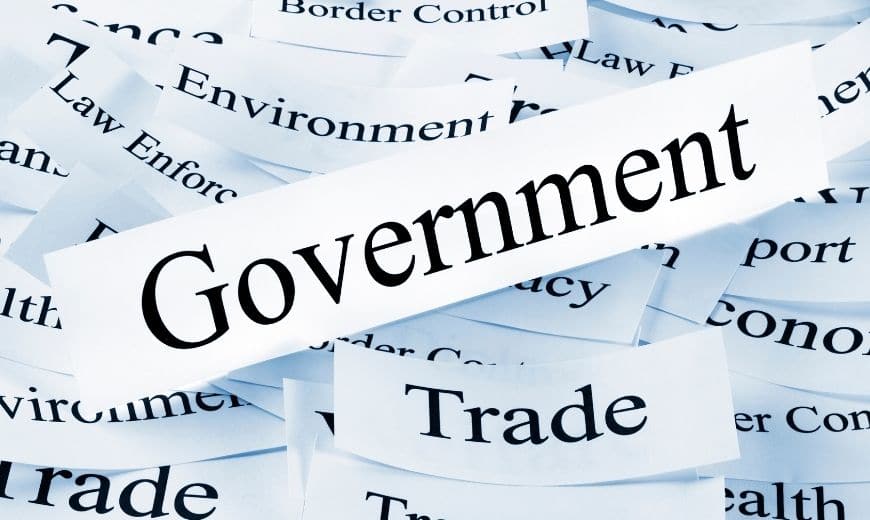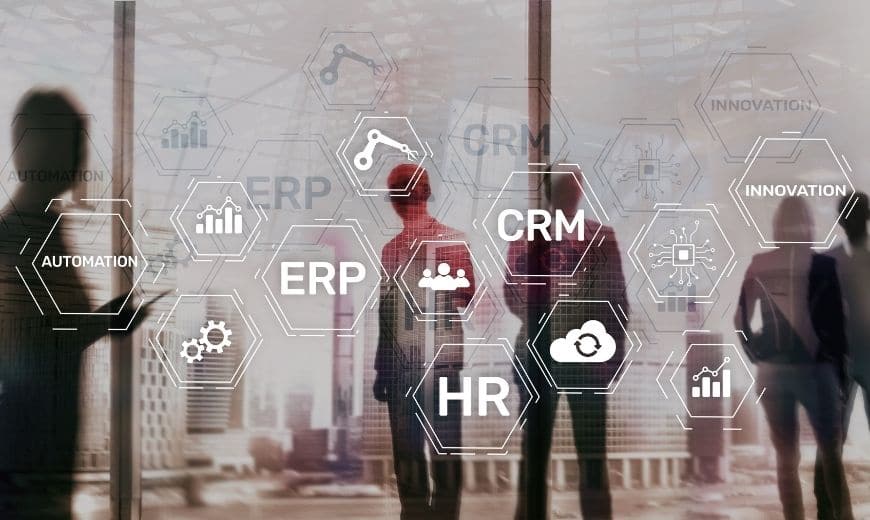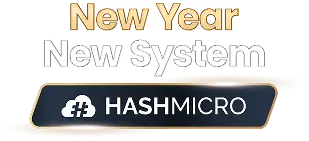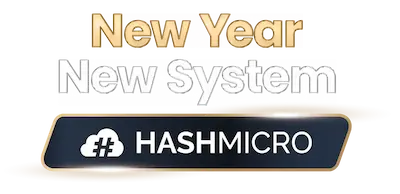As someone who has worked closely with government institutions, I know how complex their administrative responsibilities can be. Each division faces the challenge of managing resources efficiently while maintaining compliance and transparency.
The best ERP software requires a wide range of features, from accounting and inventory to warehousing and logistics. For the public sector, more specific criteria are needed to meet strict regulations and ensure effective governance.
That’s why I recommend HashMicro’s ERP. It streamlines workflows, ensures compliance, and optimizes resource allocation. Ready to transform your operations? Request a free demo with HashMicro today!
Key Takeaways
|
Why do Governments Need to Utilize ERP Systems?

ERP systems are beneficial to government entities’ internal functions and public services. ERP systems may also manage government resources and integrate government tasks such as planning, spending, program implementation, and activities from upstream to downstream into a single information system.
As these organizations go forward on the digital path, they will need to address open government programs like the Open Data Initiative or commit to a truly data-centric approach to optimizing data flows. The government must do so by implementing ERP.
Essential ERP Features for the Government and Public Sector

Every ERP system necessitates the compliance and implementation of a wide range of feature sets, from full accounting to inventory, warehousing, and logistics components. However, the ERP installation of more particular criteria enhances this key factor for the government or public sector.
This is largely due to the absence of legal, regulatory, and policy requirements in the private sector. As a result, many public sector agencies use ERP solutions to overcome some of these constraints, such as:
The project is driven by demand-oriented scalability
Government data handling requirements are typically solid at the record level and depend on the department or agency. The secondary requirement to operate on a project-by-project basis complicates this requirement for scalability, necessitating endemic dual-based operating abilities.
Policy handling
In addition to data transparency considerations, ERP for the government and public sector requires an inherent ability to develop, store, and disseminate policy-based information as a basic feature requirement.
In this context, the introductory module functions similarly to civil business rule indexes, albeit in the case of governmental operations, the policy datastore must be far more extensive than its less granular systems brother.
Data transparency
Generally, data transparency became critical to the efficacy of the government system’s operation beginning in the mid-1990s, with the Clinton administration’s interest in updating government paper records handling.
Followed by the Bush administration and its general movement toward reforming the Federal bureaucracy to take advantage of more efficient digital information processing. A portion of this explanation stems from the practical density of records processed on any given day.
This is one of the reasons why all major systems value transparency in the field of ERP for the government and public sector.
Comprehensive native security elements
Before 2014, the need for internalized, or native, security measures was generally restricted to various password and/or record locks, regardless of whether the ERP system was used in the civil or public sectors. These system components exist at the coding level and aim to be an integral part of the system.
The goal is to minimize and/or eradicate danger vectors before they may be swallowed inside the platform itself, resulting in more cohesive end-to-end system stability over the entire life-cycle of its use.
Explore more articles on InvoiceNow to better understand its advantages, implementation process, and how it benefits businesses.
Best ERP for Government and Public Sector

HashMicro

I’ve seen how challenging it is for government and public sector organizations to manage complex administrative and operational processes. HashMicro’s ERP helps by automating workflows, increasing real-time transparency, and ensuring data security.
What I like most is that the system can be used by unlimited users within the same entity at no extra cost. It also implements best practices that help us achieve objectives, ensure smooth implementation, and meet the public’s expectations.
Infor ERP for Government

From my experience, Infor’s business apps are industry-specific, cloud-based, and provide everything I need to manage day-to-day operations while improving government and public sector performance over time. These solutions also help me streamline critical back-office tasks like procurement and accounting, making digital transformation much easier to achieve.
Aptean

From my perspective, Aptean develops and acquires solutions that support organizations’ growing operational needs. I find their ERP offerings, like Cimnet ERP, Encomprix ERP, Ross ERP, and others.
Aptean also provides solutions globally across industries, including manufacturing, distribution, high technology, transportation, retail, government, real estate, financial services, health care, and even not-for-profit sectors.
Deltek ERP for Government
From my experience, Costpoint, a Deltek ERP solution, has helped businesses like mine explore new opportunities, win projects, develop employees, and much more. I appreciate that Deltek offers a variety of ERP products designed to meet specific client needs.
What I find especially useful is that Deltek’s ERP solutions are available both as cloud-based and on-premise systems, with flexible pricing based on employee count. Industries I work with, such as aerospace and defense, healthcare, non-profits, and education, widely adopt this solution.
Conclusion
ERP is a critical enterprise technology solution for finance, accounting, risk management, and various other industries. Regardless of vertical, business size, or target audience, making ERP a core part of your business management strategy from the start is critical.
In addition, because governments frequently work with very short budget cycles and timetables, ERP solutions must be agile and responsive. As a result, the government must employ the best ERP software.
HashMicro ERP software can be easily integrated with your other software, such as Zahir, Odoo, Oracle, Sage, Microsoft Dynamic, and SAP. HashMicro also provides a software pricing scheme to help you know better about the system with the free demo and consultation.

Frequently Asked Questions
-
What does ERP stand for in government?
Enterprise resource planning, or ERP, is a type of software that helps organizations manage and connect different parts of their business through one unified system. To understand the term, enterprise refers to the entire organization, such as a business or government agency.
-
What are the four types of ERP?
An ERP system has four common deployment types: cloud-based, on-premises, two-tier, and hybrid. Each type has its benefits and drawbacks, and businesses must identify which ERP deployment option best fits their needs.
-
What is ERP in e-governance?
In e-governance, ERP platforms ensure that data collected from citizens and government agencies is stored and managed in a centralized database. This centralization enables real-time access to accurate data for decision-makers and public administrators.














